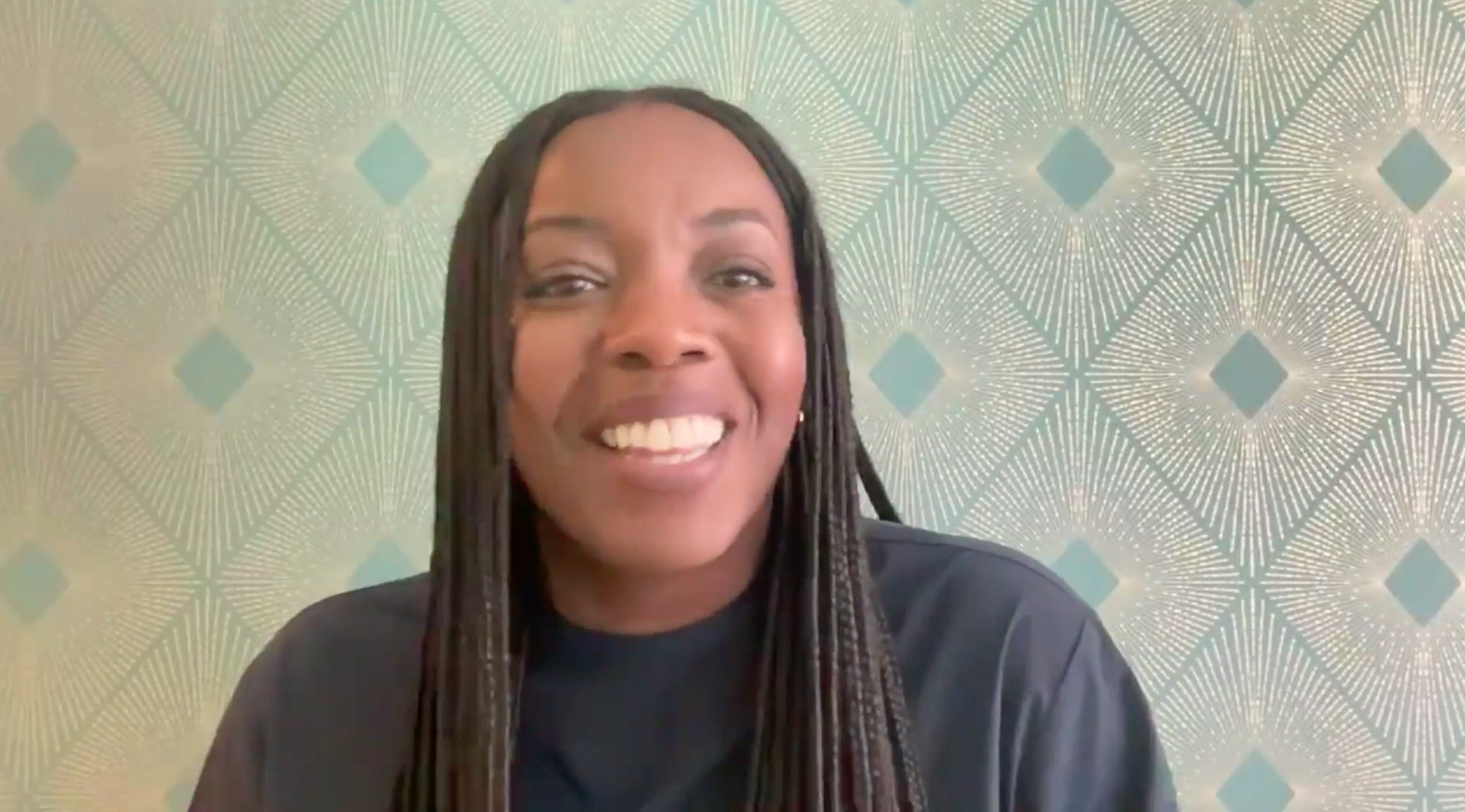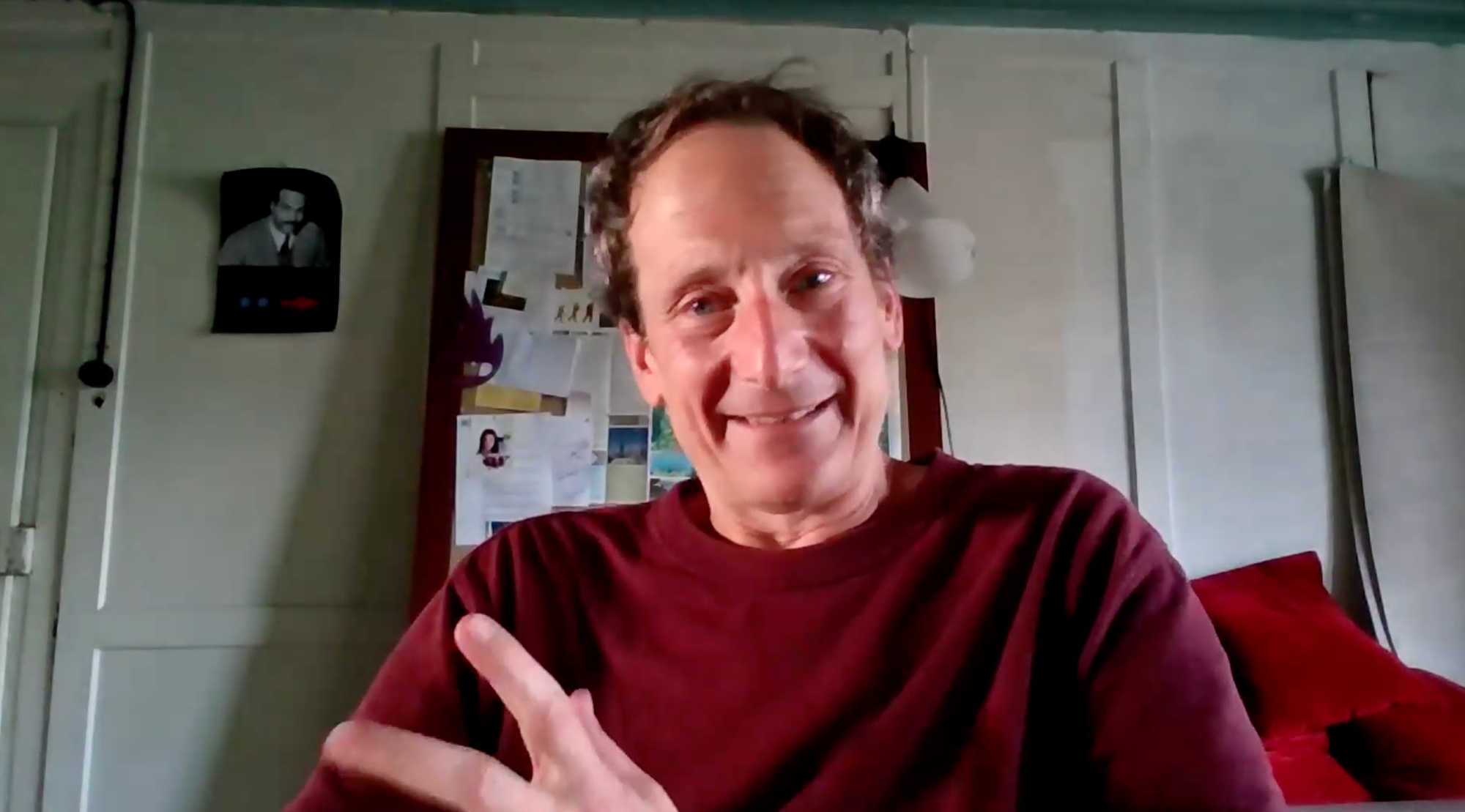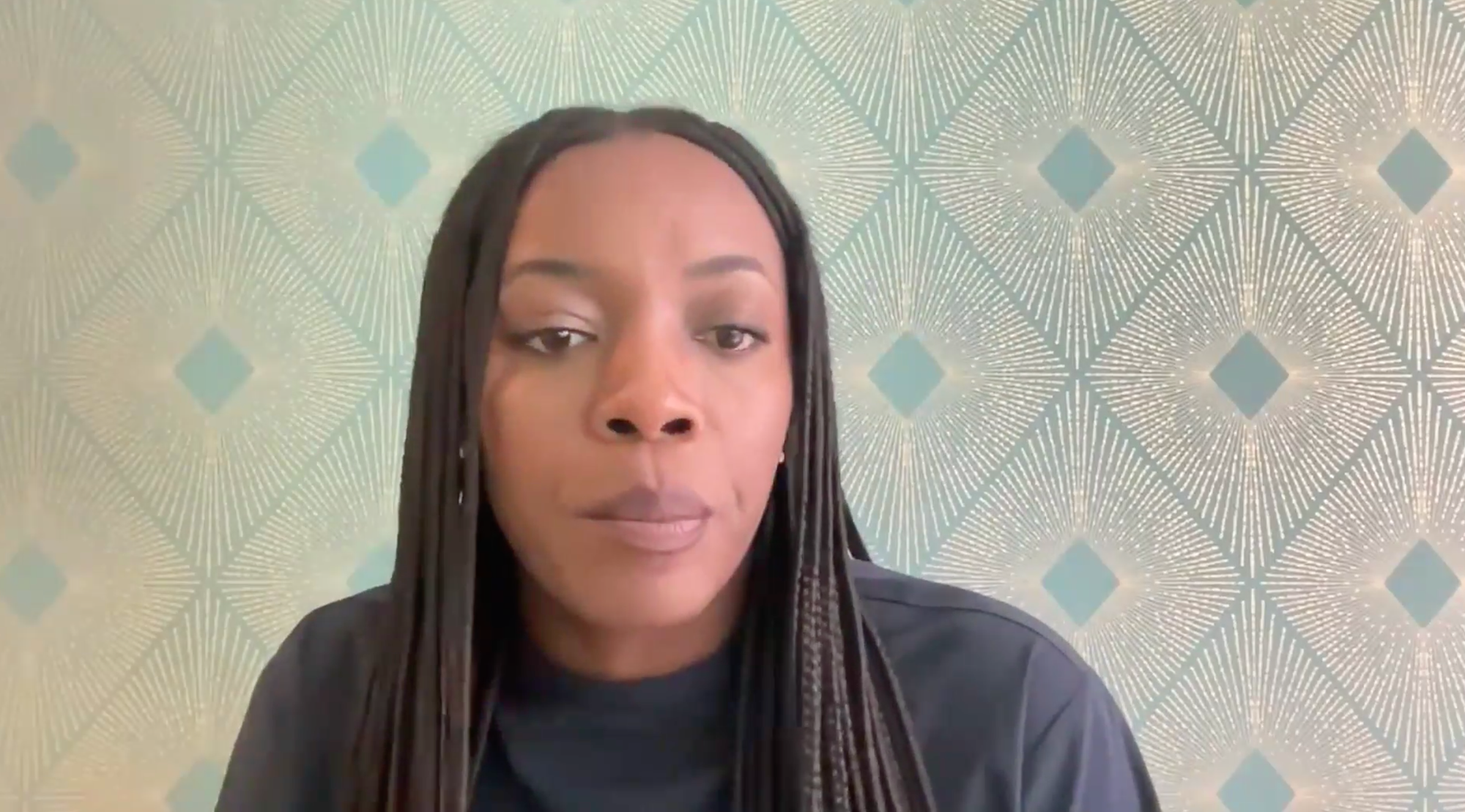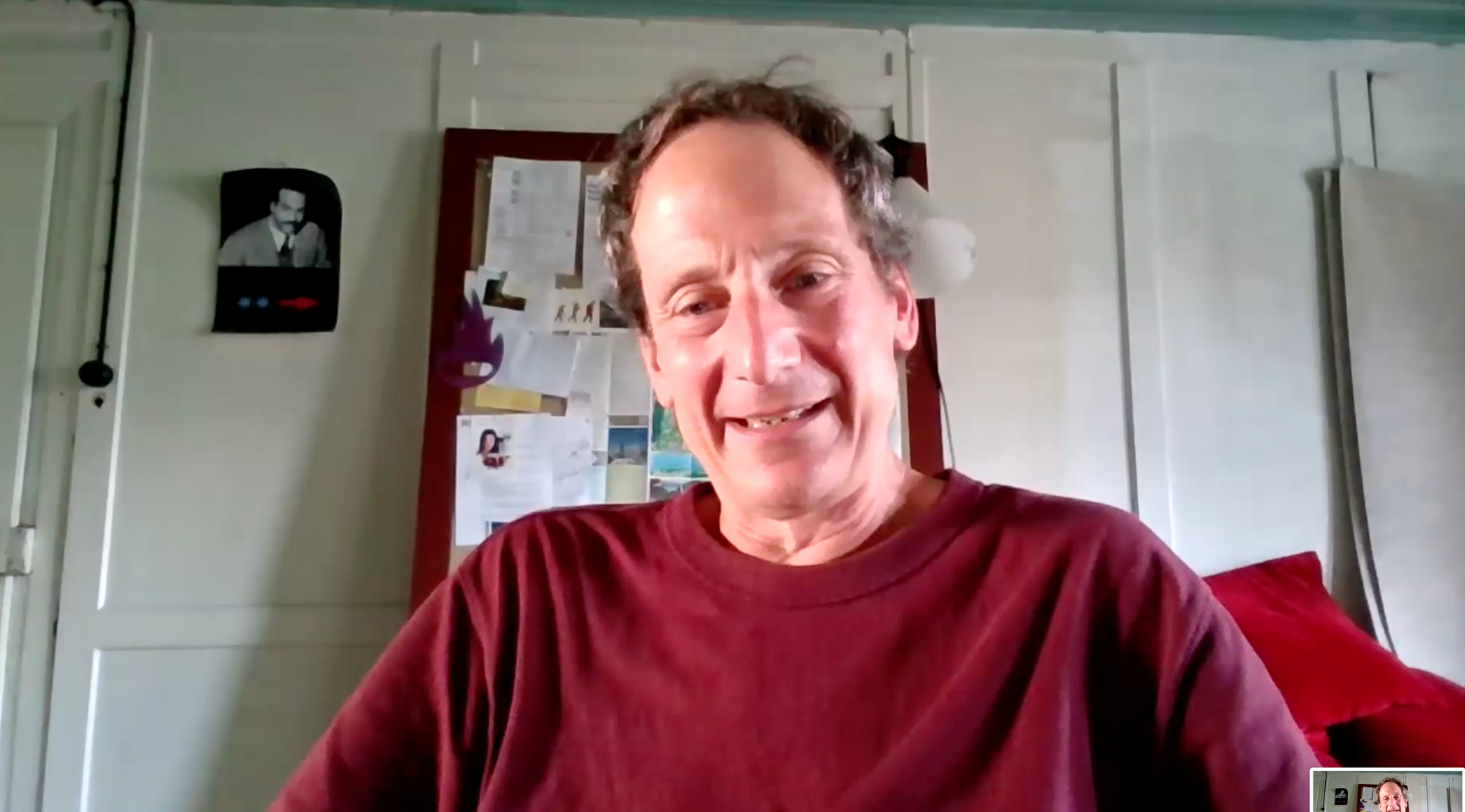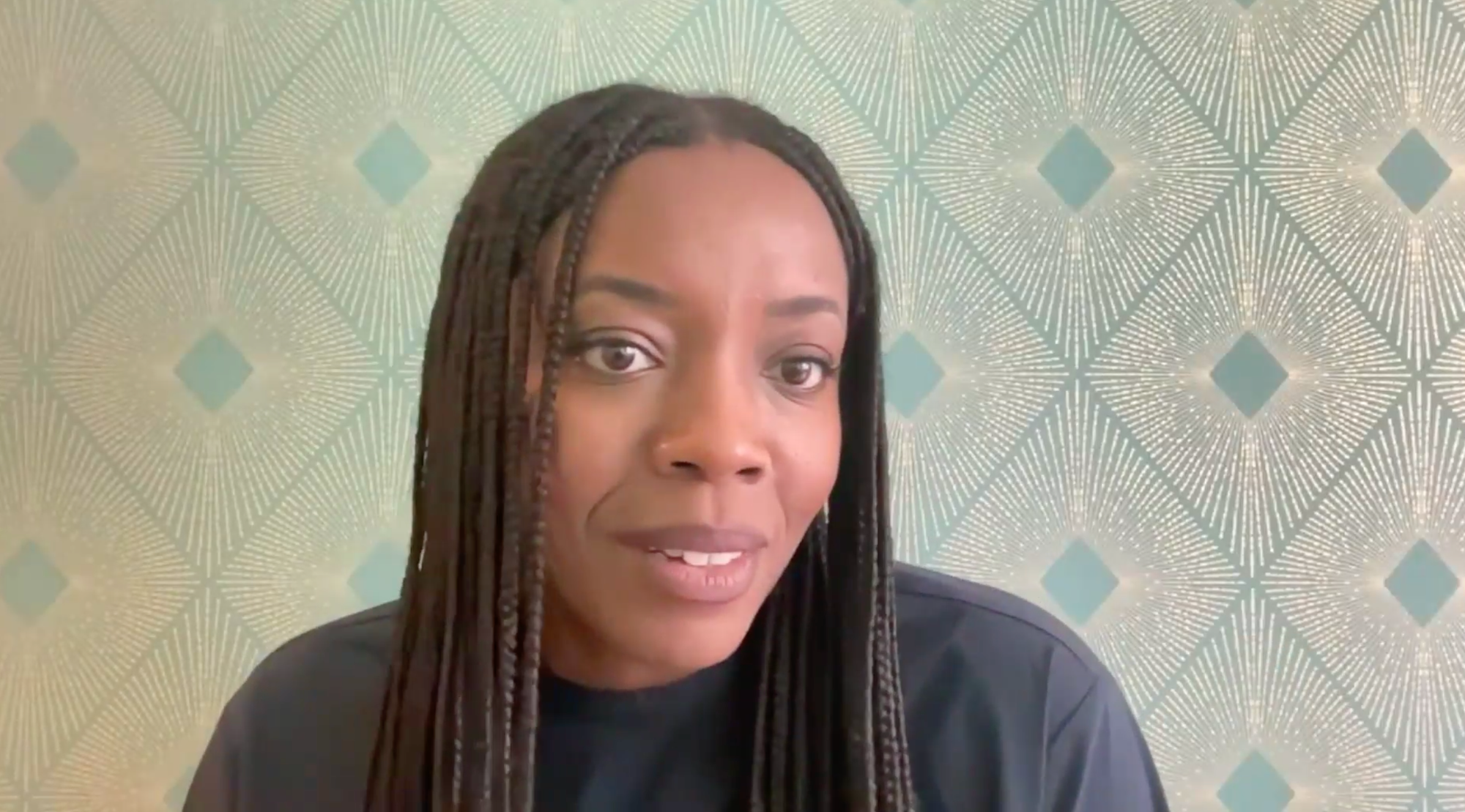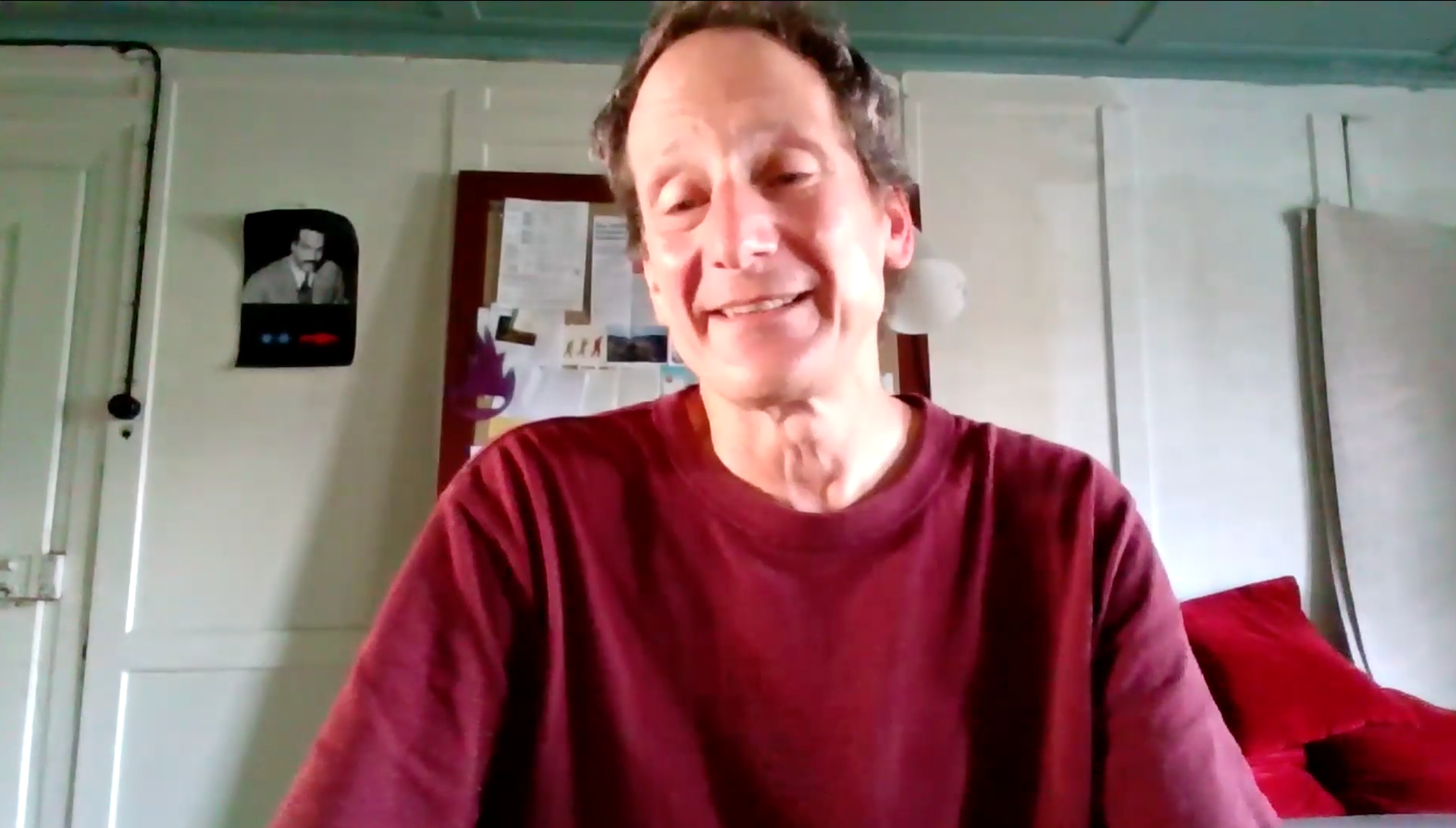This idea of exporting the museum all over the world is a part of a wide-reaching Enlightenment project of modernity. Yet if this modern project is no longer viable, how do you translate this to architecture and the architectural rhetoric of the museum, which is so enmeshed with it? What’s left of this ruin of modernity? And what does it mean for teaching, especially at a school like ETH Zürich, which is so strongly charged with a Modernist architectural legacy.
AC: Modernism and modernization are different things. Modernism, specifically the kind of neo-Modernism that arose in the 1990s and that still dominates architecture, is a formal language of late-capitalism and an instrument for turbocharging consumption and extraction. It pervades everything that architects do, not just museums. As for modernisation which emerges on the back of empire, it is shocking to think that an institution like the British Museum, which holds something like ten-million objects, most of which have never been displayed, still acquires artifacts. Only recently did I start to understand the full implications of that, that museums themselves are in the consumption game. The last semesters that I’ve taught, I’ve made sure to talk about these issues. For a long time, I thought, “Well, we’re in Postmodern times and one has no choice but to practice in a Postmodern way.” I wouldn’t say that now. And I certainly have no interest in practicing in a Modernist way either, but there’s the question of what comes after the current phase of capitalism. There were some very benevolent things to come out of Modernism — for example, it was the first form of architecture that gave expression to social classes other than the elite. It gave rise to architecture that was about workers, it gave us dignified mass housing. Many of my students are politically engaged, and in most of the discussions I’ve had with them these past few years there is an acceptance that there has to be something after extractive Modernism. We’re all going to be on fire soon, aren’t we? And we’re not going to be able to practice architecture if we’re on fire. There are very urgent issues that must be addressed, issues in which architecture is highly implicated. This is another thing I feel I acknowledged way later than I should have. Over the last five or six years, our practice has really changed its focus, but somebody like Barbara Buser, cofounder of the architecture office Baubüro in situ, established an alternative position 25 years ago, saying that you shouldn’t construct new buildings, that you should really be trying to work with things that are very local. I have enormous admiration for what she’s done. I still have plenty of colleagues who are mostly just interested in designing a new museum or a new tower. So at least I’m past that. But I think that students have acknowledged that we’ve now entered a different paradigm, one where architecture can still be important and exciting, but where it has to be different.
MI: I completely agree. What I’ve felt a lot from the students is a desire to no longer be part of the problem, and an acknowledgment that profound issues must be addressed, whether it’s climate change or other types of depletion. We have these really long conversations about how, through architecture, we’ve contributed in very negative ways to our environment. We have conversations about the enormous impact the construction industry has on economies, and how it’s complicit in the systems of capitalism, which are intimately tied to colonialism. Because of this incredible openness, this desire for intellectual honesty, it’s a fantastic time to be an educator. We’re dealing with a generation that was coming of age when a lot of the fictions our generation grew up with were already being dismantled. For example, this idea that modernity and Modernism are the same thing, that modernity has an aesthetic called Modernism. That’s not true. Modernism is the product of one current of thought at one time in the world, and it’s being exported as this universal truth for architecture, which is incredibly impoverishing because it denies all other expressions. That’s the cultural imperialism of Modernism. It’s a form of erasure.
Mariam, your design for the Bët-bi Museum in Senegal deals with the history of this sacred place and the history of the landscape. Could your approach be understood as a resistance toward the erasure caused by an imported “museum as copy machine,” as the scholar and visual artist Debasish Borah calls it?
MI: When it comes to the museum as an engine, I’m still incredibly conflicted. I almost didn’t participate in the competition for the Bët-bi — I was going to sidestep it and say, “I refuse to engage with this animal.” Then I started realizing that it’s not so much about what we call it as it is about what we make of it. It is also about how we empower local knowledge and engage with vulnerabilities, be it in Africa, Europe, or elsewhere. Technically, Bët-bi shouldn’t even be called a museum, it’s just what it happens to be called. I was much more interested in what art means in this specific context. In Senegal, the relationship to artifacts is arguably different. What makes a cultural space successful? What kinds of equivalences can you find in history, in the way that you deal with objects of great value that teach you something, that are part of certain rituals? How do you put them back in their place, to some extent? Our design is extremely specific to that particular place and to the ancient culture that once flourished there. You have around 3,000 megaliths in the region, the most recent of which are thought to be around 2,300 years old, as well as burial mounds and places for rituals and worshiping ancestors. Our building is also buried, while the life of the museum is above ground. The museum is actually a public space first, which is really what would bring people there — they wouldn’t go see artifacts, but to be together. We were looking at the cultural behaviors of a place and making space for that, not just making a design for design’s sake. We were really trying to solve a problem and create something positive using local skills, materials, and engineers — local everything — which is essentially how I built my practice. It’s this idea of really interrogating the place and figuring out what is available, and designing after I figure that out. Only once I understand which forces are at play, what the skills are, and what the materials are can I start making a project.
